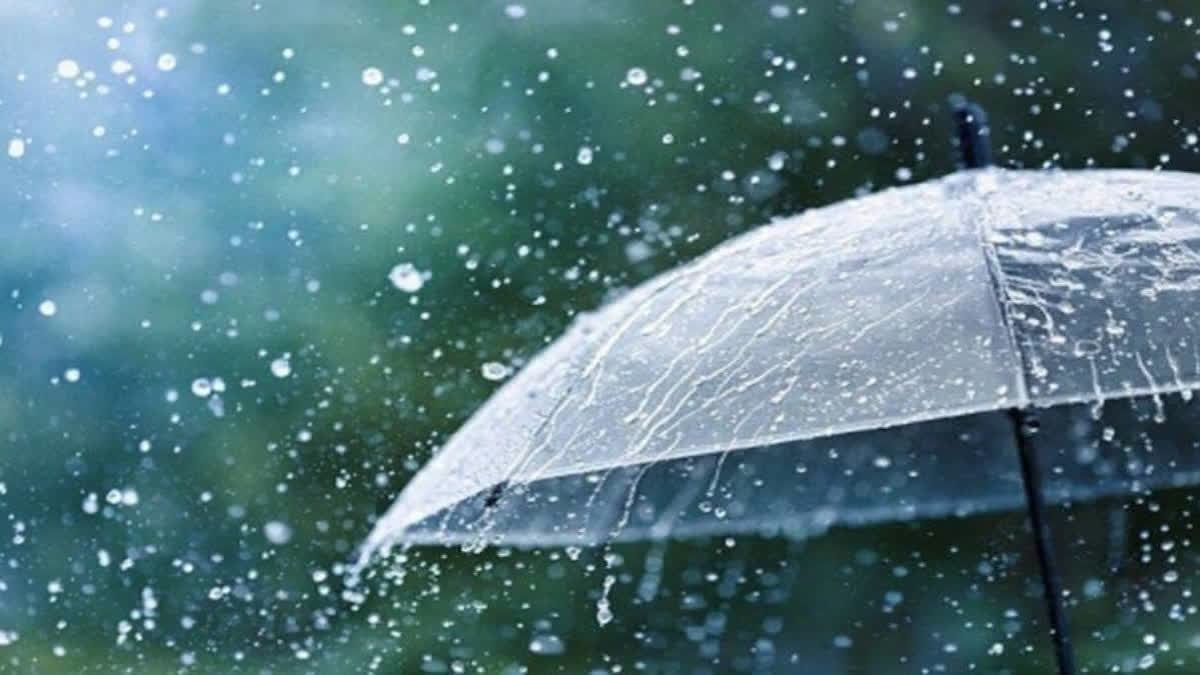A report that the World Resources Institute published in June 2023 on the status of climate change, ecological diversity and economic development gives the following warning: "The writing is on the wall: If we continue on this path, the world will lose one of its most effective allies in combatting the climate and biodiversity crises. And coastal communities, especially in small island and developing nations, will lose a critical resource on which they depend for livelihoods, food and water security and resilience to climate impacts". The critical ally mentioned in the report is the 'Blue Carbon', a new product in the international climate scenario.
Blue carbon is the carbon stored in the ocean and coastal ecosystems, 'blue' stating its watery origin. A large chunk of the blue carbon exists in the oceans as dissolved carbon dioxide (CO2) and smaller portions are stored in underwater sediments, coastal vegetation, soils and as ocean life, from whales to phytoplanktons. The blue carbon ecosystems, such as mangroves, seagrasses, kelp and tidal marshes, make the other source.
The efficiency of these carbon storage systems, compared to even the terrestrial forests is partly due to their ability to absorb CO2 faster, the slow decomposing, anaerobic soils providing a favourable environment for storing or 'sequestering' the carbon. Covering about 0.2% of the area of the oceans they account for about 50% of the carbon burial, surviving salinity, temperature changes, tidal flows and storm surges. Despite their climate mitigation and adaptation capacity, these waterlogged ecosystems, that mitigate climate impacts and supports the coastal communities are quickly being degraded or destroyed, mostly due to developmental activities. As efforts for mitigating climate change disasters are gaining momentum, ideas like blue carbon, carbon offsets, credits, and trading occupy the top of the climate change report card.
Carbon trading mechanisms
While blue carbon is about storing CO2, carbon offsetting is a trading mechanism to compensate for greenhouse gas emissions by investing in projects that are working towards reducing, avoiding, or totally removing emissions. Under the 1997 Kyoto Protocol Carbon credits can be converted into currency, which allows organisations to reduce carbon emissions and protect carbon sinks and trade the credits in the Voluntary Carbon Market (VCM) - one carbon credit representing reduction, avoidance or removal of one metric tonne of CO2.
Many big companies like Microsoft, Google, and Starbucks are setting ambitious goals to achieve carbon neutrality by being a part of VCM. For instance, an airline company that wants to claim carbon neutrality can calculate how much carbon emissions they are unable to get rid of. They can then purchase an equivalent amount of carbon offset credits by investing in a regenerative farming project in Brazil using the VCM. In doing so, the airline company can claim carbon neutrality. The arithmetic of emission and removal by trees is complex because of the nature of trees and their carbon cycle. As the MIT experts say in one of their reports, it is not just about planting more trees but also about planting the right ones and protecting the existing forests.
The carbon credits market has been under scrutiny in recent years over the worth of the issued credits, and it has been questioned whether the funds are being utilised properly. The use of tradable permits has limitations because the nature of climate change will vary from one place to the other, so would the nature of emissions/capture, which would complicate the process of calculating carbon offsets. One of the primary difficulties in scaling up blue carbon initiatives is the inherent complexity of working in marine and coastal environments.
Unlike terrestrial ecosystems, ocean spaces are more difficult to manage and monitor due to their dynamic nature, which complicates conservation and restoration efforts. Additionally, the science of blue carbon is relatively young compared to forest carbon, and the methodologies for measuring, reporting, and verifying carbon sequestration in marine ecosystems are still evolving. The dependence, consumption and concentration of wealth often benefits the rich, and a large chunk of the population remains deprived, which is another limitation.
Technical challenges
These technical barriers make it harder to develop robust blue carbon projects that can meet the standards required by international climate agreements. There is also the possibility that large carbon emitters will support those who are incorrectly credited under the guise of this scheme. It is possible that companies instead of reducing their overall emissions, purchase more carbon credits to justify their environmentally-noxious activities. Despite the limitations, there is a lot of hope in the future of blue carbon projects, as many developing countries are involved and gaining economic advantages.
The 2024 Baku UN Climate Conference (COP29) signed the much-awaited global carbon market rules after nearly a decade of negotiations. In an effort to ensure the integrity of the carbon market, the participating countries agreed on rules for the creation, trade, and registration of carbon credits under Article 6 of the Paris Agreement, which outlines how countries can reach their climate targets by voluntary cooperation. Article 6.2 of the Agreement has set rule set for trading of carbon credits between buyer and seller countries to promote sustainable development and ensure environmental integrity and transparency. This is expected to help ensure the integrity of the carbon credit trade through technical reviews and transparent tracking. Further, Article 6.4 deals with the creation of a global carbon market overseen by a supervisory body, which would approve projects using robust methodologies before the issuance of carbon credits. The United Nations aims to reach "net zero" by 2050, a goal to be achieved, a goal that hinges on a delicate balance between determination and realism.
And there are many success stories that make that goal seem realizable. The coastal community of San Crisanto, in Mexico lost their extensive mangrove forest to two hurricanes during a period of 10 days in 1995, and the local people responded by replanting. Today it's a conservation success story with the restored mangroves protecting the coastline, sustaining wildlife and supporting livelihoods based on fishing and ecotourism. Now the community is reaping new benefits by selling carbon credits. By purchasing 14.5 million carbon credits in 2024, Shell remains a carbon offset leader, a large portion of its credits, nearly 9.4 million US dollars, came from forestry and land-use initiatives. Similarly, Tesla's 2024 profit card claims $692 million by selling regulatory credits which is reportedly about 30% of its Q4 net income.
Carbon Market in India: Need to avoid greenwashing
India is working on creating a domestic carbon credit market and with the intent of developing a mechanism through which companies compensate for their greenhouse gas emissions by investing in an equivalent removal of such emissions from the atmosphere. These offsetting projects could be like reforestation, renewable energy etc. The Indian government in June 2023 notified a draft of the long-awaited Carbon Credit Trading Scheme (CCTS). India has already earned about $652 million from carbon credits used to offset emissions and as per a 2024 report by Business Today, claims that carbon credits may soon be available to smaller farming projects too, making this scheme popular among small-scale farmers too.
However, as mentioned earlier, a major challenge is how to avoid what is now termed as 'Greenwashing' – when a company makes unsubstantiated claims of carbon offsetting. For example, a company may claim carbon credit for financing tree plantations, which cannot be compared to the long-term carbon sequestration benefits of planting a forest. Any government-sponsored laws or acts that would allow companies to opt for carbon offsetting programs should also have mechanisms to hold the companies responsible for maintaining the integrity of the carbon credit market.
(Disclaimer: The opinions expressed in this article are those of the writer. The facts and opinions expressed here do not reflect the views of ETV Bharat)



